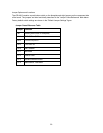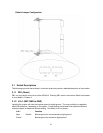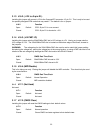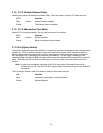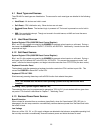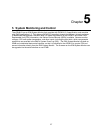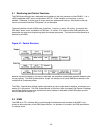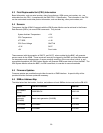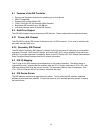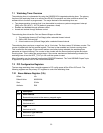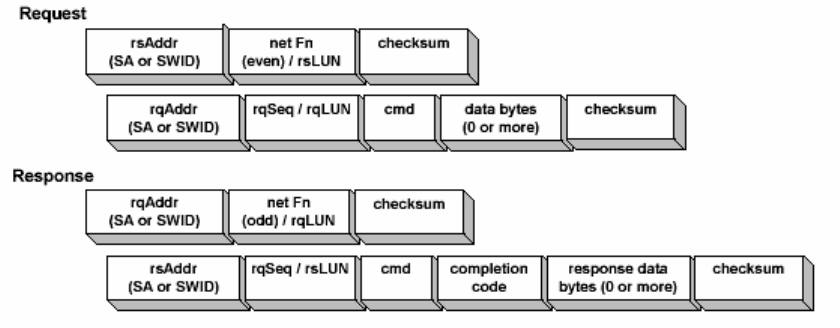
28
5.1 Monitoring and Control Functions
The IPMI System Monitor has a dedicated serial interface to the host processor on the cPB4612. It is a
16550-compatible UART that is configurable in SETUP. If this interface is not required, it can be
disabled. Otherwise, it will be given a unique serial port address and interrupt. Note that the interrupt
cannot coincide with the other COM ports; it is not shareable.
The serial interface is fixed at 9600 baud, 8 data bits, 1 stop bit, no parity, full duplex. It complies with
IPMI serial “basic” mode, as detailed in IPMI Spec 1.5, section 13.4, which permits IPMB packets to be
transmitted and received using framing bytes and escape sequences. The packet structure otherwise is
identical to the IPMB:
Figure 5.1: Packet Structure
Because the serial interface in this case is dedicated, the responder address and requester address bytes
can be anything. The IPMI System Monitor, though, will always put its actual IPMB slave address in the
rsAddr field of a response packet.
The IPMI 1.5 specification defines a basic mode serial port as a single session interface, since there is no
session ID in the packet. This IPMI System Monitor, at this time, does not support Get Session Challenge
and Activate Session commands, because the serial interface is dedicated to the IPMI system monitor,
and the interface is always “up.”
5.2 IPMB
The IPMB is an I
2
C® interface that is routed through the backplane and connects to the BMC in the
chassis to allow discovery of the IPMI System Monitor. Its operation is covered in the IPMI specification.
It is always active.



